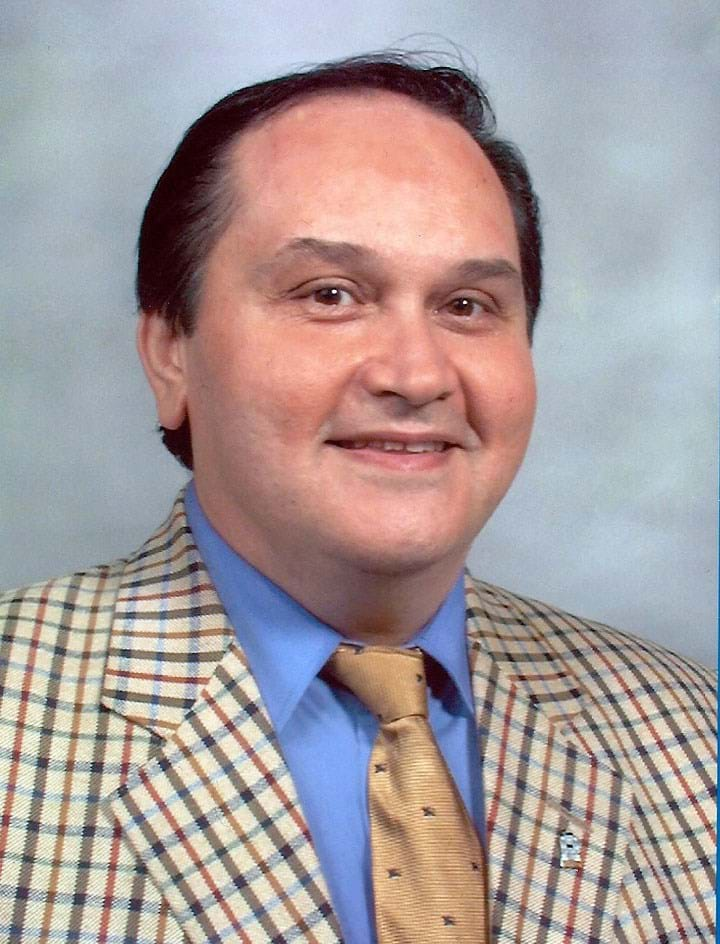Uğur Tüzün 1956–2021

UĞUR Tüzün was born in Turkey and first came to the UK to study chemical engineering at the University of Leeds, graduating in 1976. He then moved to Cambridge, as a Wolfson Foundation Scholar at Churchill College, to undertake a PhD (1979) on the mechanics of flow of granular materials supervised by Ron Nedderman, followed by a period as a research fellow in the same department. Both his PhD and his postdoctoral study were richly productive, resulting in a stream of much-cited publications on subjects including discharge from hoppers, flow around inserts and modelling of internal pressure and velocity distributions.
In 1986 he was appointed as a “new blood” lecturer in the Department of Chemical Engineering at Surrey, an early appointment by the new head of department, Roland Clift, to what became one of the UK’s strongest research groups in particle technology. He remained at Surrey for the rest of his career, being promoted to Chair in Process Engineering in 1996 and eventually succeeding as Head in 1999, a post he held until 2008 before taking early retirement in 2011. As Head he was a staunch defender of the department through times when student numbers were low, which enabled the department and faculty to benefit from the better times that followed.
Uğur, who was a Fellow of IChemE, was an enthusiastic and active teacher and researcher in many areas of particle technology, as assured in mathematical and physical modelling as he was inventive in devising experimental techniques. The latter included a novel dual-axis load cell for simultaneous measurement of normal and shear stresses at the walls of silos and packed-moving bed reactors, and a single-particle shear cell developed in collaboration with Lawrence Livermore Laboratory, one of his many overseas connections, particularly in the US. He was also an early adopter of radiation-based tomographic imaging, co-designing a purpose-built dual-energy gamma scanner to carry out non-invasive micro-structural imaging of multi-phase process flows. He summarised his wide understanding of flow and stress in granular materials in the book he and I wrote together with Roland Clift at that time: Processing of Particulate Solids (Blackie, 1997). He had numerous academic and industrial collaborators and trained more than 30 PhD students and postdoctoral fellows, many of whom have gone on to senior positions in their respective fields.
Following his retirement, Uğur remained active in his connections with Cambridge and held visiting appointments at Oxford and Compiègne University of Technology. A longstanding member of IChemE's Sustainability Special Interest Group, he developed this interest further in retirement and had begun to publish on systems engineering and sustainability. Had he lived, he would undoubtedly have contributed further in this field.
Those of us who were at Surrey during his time there will remember him as demonstrative, scientifically argumentative, infectiously enthusiastic, always ambitious to do things no-one had attempted before and immensely good fun to be with. Among other things, he was impressively elegant at a time when that was hardly the norm for university staff, and was the first person I knew to own a Mercedes, no doubt the product of his industrial consultancies. He lived well and will be remembered with affection.
There are tentative plans for a physical or on-line meeting later in the year to discuss and celebrate Uğur’s work. Please contact the writer if you are interested in participating: j.p.k.seville@bham.ac.uk
Thanks to Rex Thorpe, Norman Kirkby and others for their input.
Recent Editions
Catch up on the latest news, views and jobs from The Chemical Engineer. Below are the four latest issues. View a wider selection of the archive from within the Magazine section of this site.




